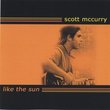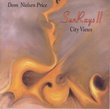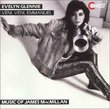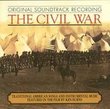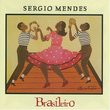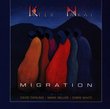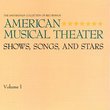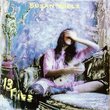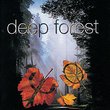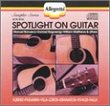| All Artists: Hugo Munday, Paul Hillier, Steve Reich Ensemble, Edmund Niemann, Nurit Tilles, Phillip Bush, Cheryl Bensman Rowe, James Bassi Title: Steve Reich: The Cave Members Wishing: 5 Total Copies: 0 Label: Nonesuch Release Date: 10/24/1995 Genres: Jazz, Classical Style: Avant Garde & Free Jazz Number of Discs: 2 SwapaCD Credits: 2 UPC: 075597932720 |
Search - Hugo Munday, Paul Hillier, Steve Reich Ensemble :: Steve Reich: The Cave
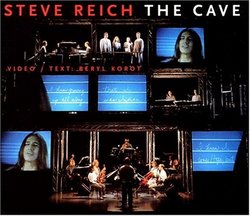 | Hugo Munday, Paul Hillier, Steve Reich Ensemble Steve Reich: The Cave Genres: Jazz, Classical
|
Larger Image |
CD DetailsSimilar CDs
Similarly Requested CDs
|
CD ReviewsOverbearing and dreary... svf | 03/06/2001 (2 out of 5 stars) "I'm disappointed to report that the first major Steve Reich work to appear in quite some time is a total drag. I hope his music doesn't continue down this dead-end path. The rhythmic and harmonic freshness and appeal heard in such brilliant and varied pieces as Different Trains, Music for 18 Musicians, Octet, and The Desert Music is distilled here into short episodes of watered-down Reich-isms. The spoken samples that were so seamlessly interwoven into Different Trains just sort of sit there in The Cave. And the socio-spiritual elements are totally overbearing, dragging the music down further. Steve Reich has always been one of my favorite composers...I hope he finds a way to develop his unique style more successfully in future projects. It's somewhat disturbing that the most interesting Steve Reich release in the past 10 years was all remixes by other artists. I think he should re-focus on the music and avoid musical-theatre concepts like "The Cave"." Reich's THE CAVE defines.... Keith James Thomson | 04/20/1999 (5 out of 5 stars) "Steve Reich's The Cave is not only music, but more, it is sound. I am learning as a fan of contemporary classical music, that sound is as important as "music". We are released from 12 tone reality.As a child, I loved the fading in and out of long distance a m stations. It was the groundwork for the textural riches of Steve Reich's The Cave as well as for much more of the contempary classics I find important. I love the reinvention of sound that happens here. I love also the intelligent musing to endless questions....Who is Abraham..Who is Sarah...Who is Hagar?From answers like " I have no idea who Abraham is or what he represents." to "Abraham Lincoln High School............that's about as far as I trace Abraham." to Carl Sagan's "I think of Abraham like this: It's 21 hundred B.C. or thereabouts. He's living in the 3rd dynasty of UR. It's a polytheistic society. The chief god is "Nana," who's the moon god. Abraham grows up, he a city kid. His father makes idols, he crafts idols.", the staccato of the music, the voices, and the answers themselves...lead us to our question, " Who is Abraham?" And we find, philosophically, we all have many ways to travel the inevitable route: question. Reich's music is as mysterious as the questions, the history of the questions. He brings together...among others, Christian, Jew, and Muslim to consider the highway to his own being, his own thought.The music is sharp and enticing, as challenging to the spirit as it is refreshing, and openly cleansing." Responses are controversial and polarized Keith James Thomson | Allentown, PA | 05/18/2004 (5 out of 5 stars) "Interesting that the responses to this work, particularly from diehard Reich fans, are so varied. I've so enjoyed Reich since I happened upon his music by attraction to the album cover of Octet, in late 70's. I loved his first burst of success, Octet, Music for 18 Musicians, and others. The first piece to which I was truly resistant was Desert Music. It was years later when I accepted Reich's expanding palette that I came to enjoy Desert Music. Now, even many more years later, while listening to "The Cave" from the 10 CD, Reich retrospective, I realize that this piece, "The Cave", is very very moving to me. I love the instrumental intonation or shadowing of the spoken vocal lines. But I think to appreciate this piece, one must have a mind that is invited by the theological. This is a religious, Judaic, piece of music, or of a religious mindset; and it is expressed primarily through the spoken word. The spoken word is the tonal environment, much as nature and city sounds may be used as a tonal base for writing environmental music. The spoken words may turn many off, not only for its subtlety, but for it concretizing lives of religious faith. I find this work very moving and very beautiful. It certainly does not depend upon experiencing the multi-media presentation of the live performance, though I surely would enjoy seeing it."
|

 Track Listings (15) - Disc #1
Track Listings (15) - Disc #1